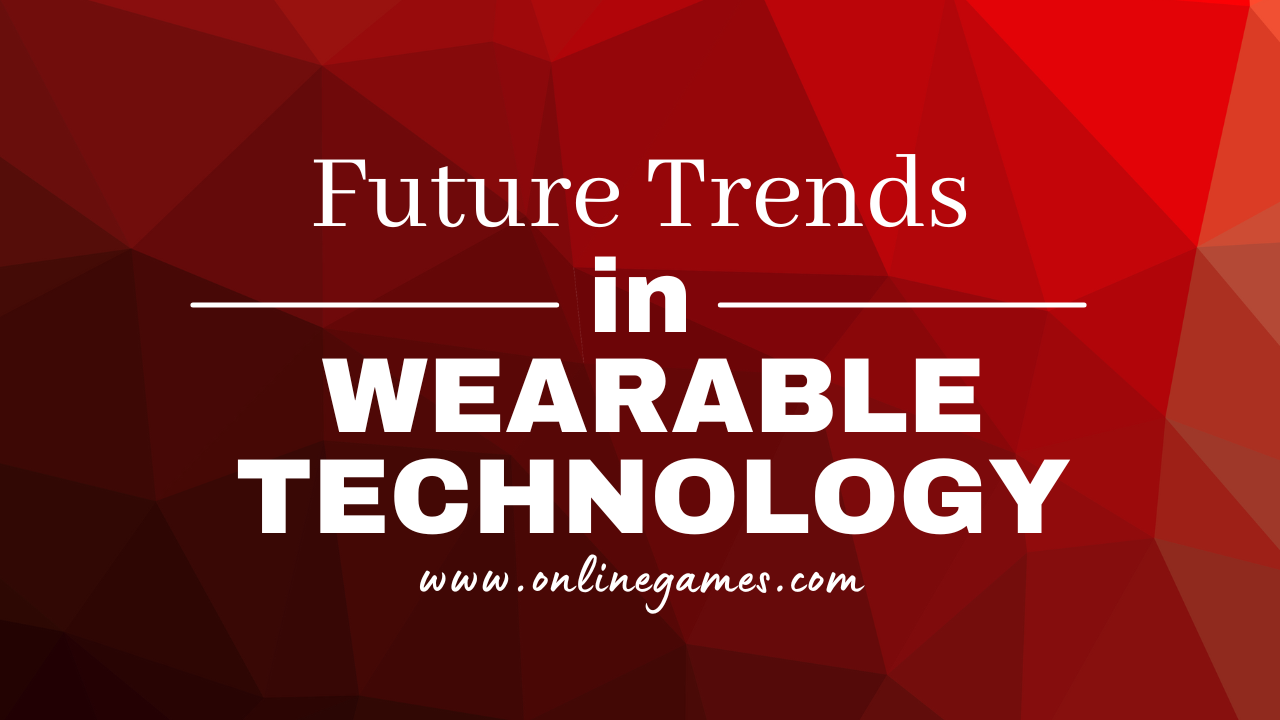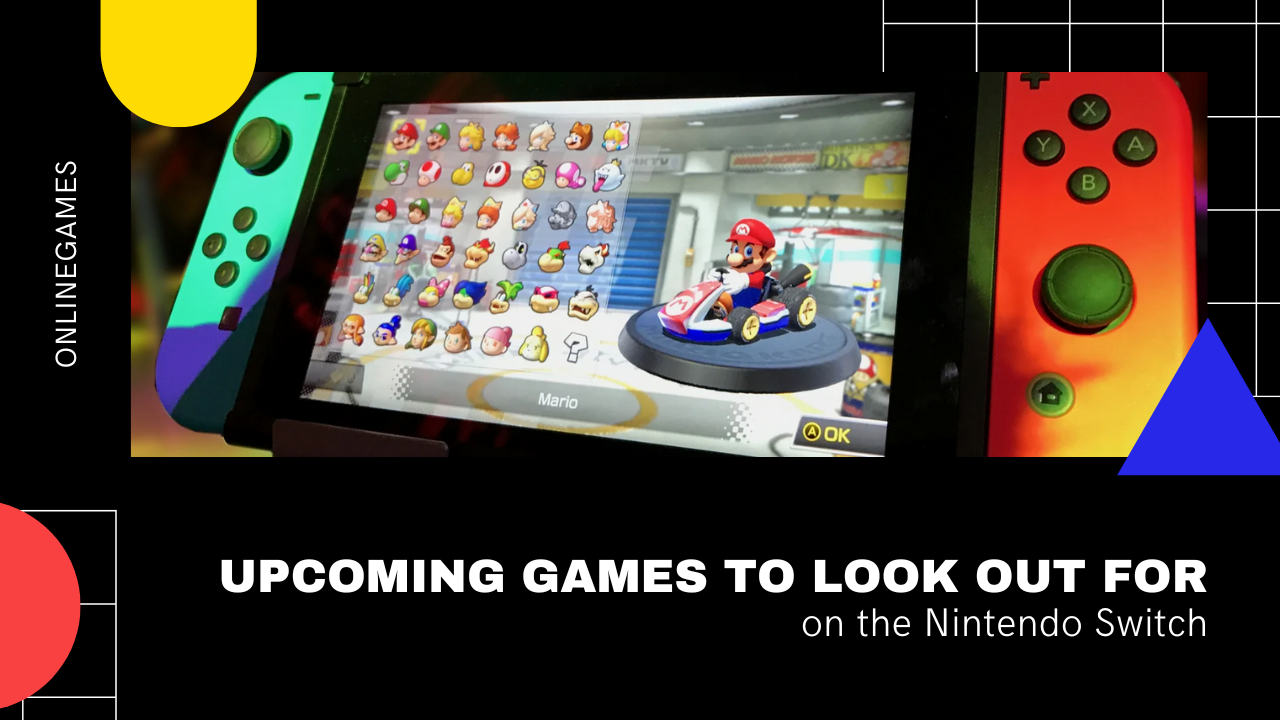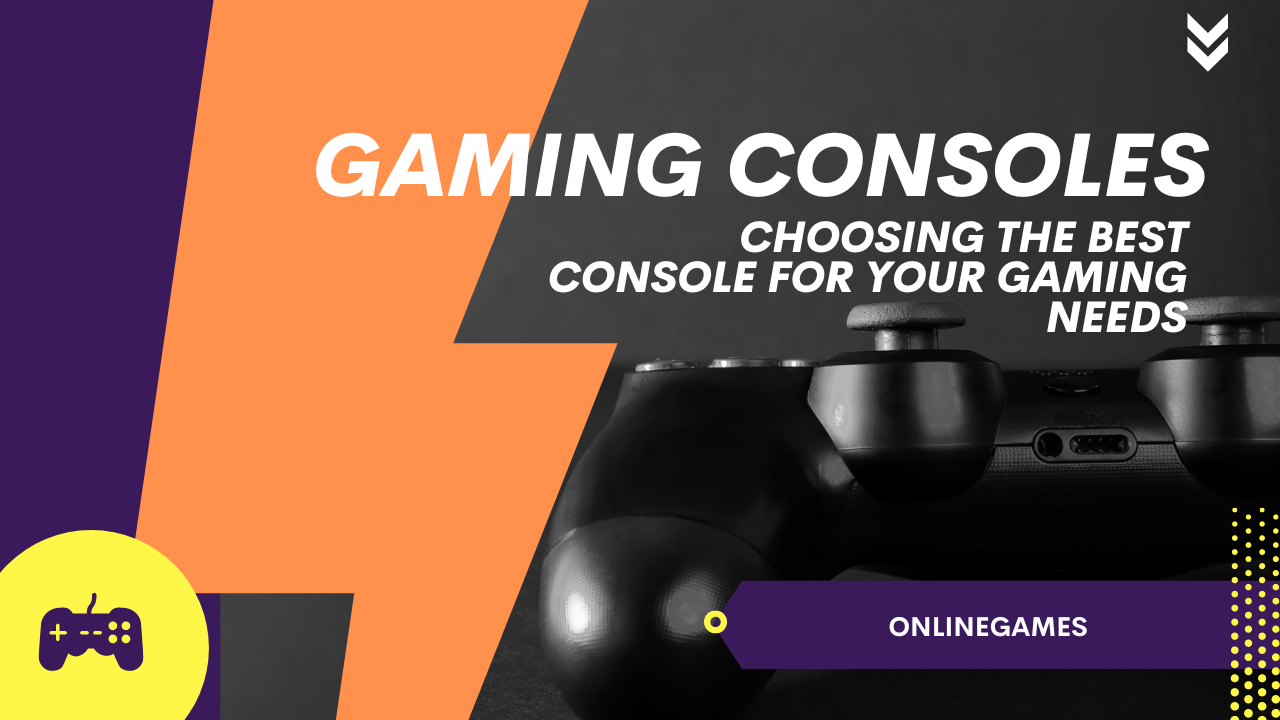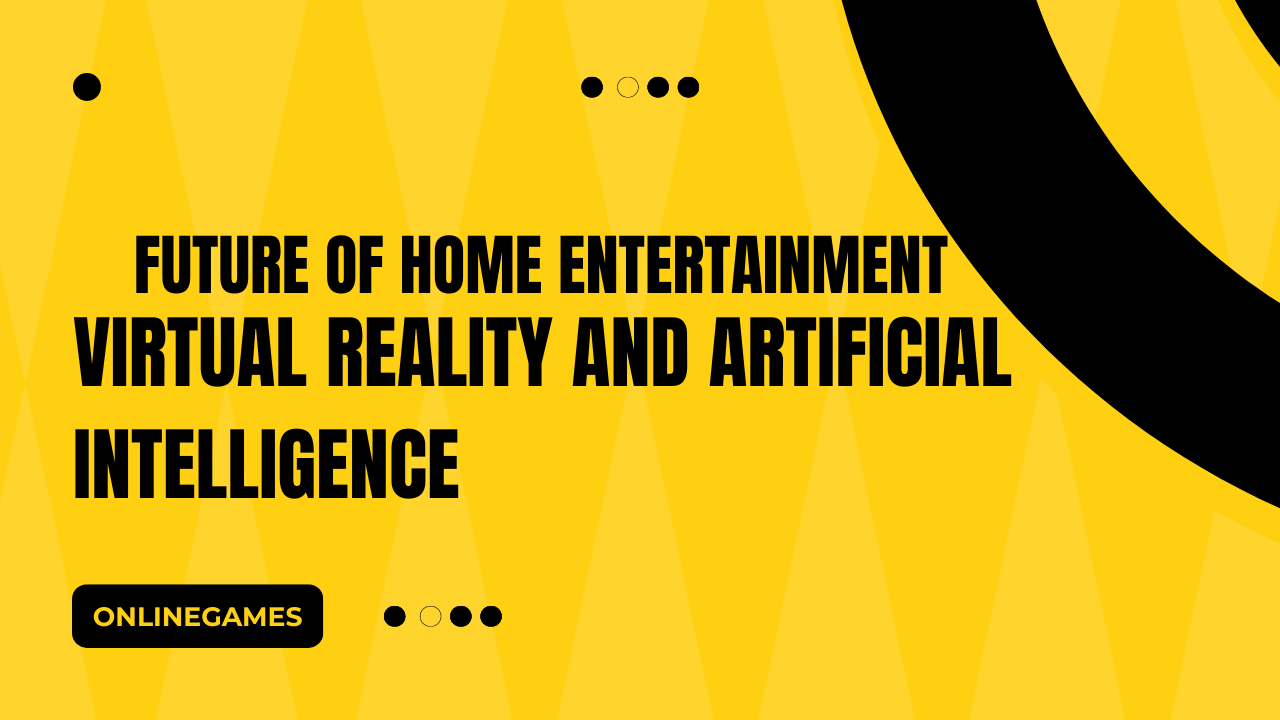Wearable technology has rapidly evolved over the past decade, transforming from simple fitness trackers to sophisticated devices that offer a plethora of functionalities. As we look towards the future, several emerging trends are set to revolutionize the way we interact with wearables, making them more integrated, personalized, and impactful than ever before. This article explores the future trends in wearable technology poised to shape the next generation of devices and their applications in various aspects of our lives.
Enhanced Health Monitoring and Medical Applications
Advanced Biosensors
One of the most significant trends in wearable technology is the development of advanced biosensors. These sensors will be capable of monitoring a wide range of physiological parameters in real time, including glucose levels, blood pressure, hydration status, and even metabolic rates. Future wearables will provide more comprehensive health insights, enabling early detection and management of chronic conditions, ultimately improving patient outcomes and reducing healthcare costs.
Wearable Diagnostic Devices
The future will see a rise in wearable diagnostic devices that can perform sophisticated medical tests on-the-go. These devices will integrate with artificial intelligence (AI) and machine learning to analyze health data and offer predictive diagnostics, guiding users towards preventive measures and personalized treatment plans. For example, a wearable device could detect early signs of a heart condition and recommend a consultation with a cardiologist before symptoms become severe.
Telemedicine and Remote Patient Monitoring
With the growing emphasis on telemedicine, wearable technology will play a crucial role in remote patient monitoring. Advanced wearables will provide healthcare professionals with continuous data on patients’ vital signs, facilitating timely interventions and reducing the need for frequent in-person visits. This trend will enhance access to healthcare, especially for individuals in remote or underserved areas, and improve the efficiency of healthcare delivery.
Integration with Artificial Intelligence
Personalized Health and Fitness Coaching
Future wearables will leverage artificial intelligence to offer personalized health and fitness coaching. By analyzing users’ health data and activity levels, AI algorithms will provide tailored recommendations for exercise routines, dietary choices, and lifestyle changes. This personalized approach will help users achieve their health and fitness goals more effectively and sustainably.
Smart Assistants and Predictive Analytics
Wearable devices will increasingly incorporate smart assistants using predictive analytics to anticipate user needs. For instance, a smart assistant could analyze sleep patterns to suggest optimal bedtimes or monitor stress levels to recommend relaxation techniques. These predictive features will make wearables more proactive in enhancing users’ well-being and daily productivity.
Emotional and Mental Health Monitoring
AI-powered wearables will also expand into emotional and mental health monitoring. By tracking physiological indicators such as heart rate variability and skin conductance, these devices will be able to detect stress and anxiety levels. They could then offer real-time interventions such as guided breathing exercises or mindfulness reminders, supporting users in managing their mental health more effectively.
Innovative Form Factors and Design
Flexible and Stretchable Electronics
The future of wearable technology will see a shift towards flexible and stretchable electronics. These devices will be made from materials that can conform to the body’s shape, offering greater comfort and durability. For example, flexible electronic tattoos could monitor health metrics without the bulk of traditional devices, making wearables more unobtrusive and user-friendly.
Smart Fabrics and Textiles
Smart fabrics will revolutionize wearable technology by embedding sensors and electronics into clothing. These textiles will be able to monitor various health parameters, track physical activity, and even charge devices through kinetic energy. Smart clothing will offer a seamless integration of technology into everyday wear, making it easier for users to stay connected and monitor their health.
Augmented Reality and Mixed Reality Glasses
The development of augmented reality (AR) and mixed reality (MR) glasses will provide new ways to interact with wearable technology. These glasses will overlay digital information onto the real world, offering applications in navigation, education, and entertainment. For example, AR glasses could provide real-time language translation or overlay workout instructions during exercise, enhancing the functionality and appeal of wearable devices.
Seamless Integration with the Internet of Things (IoT)
Connected Ecosystems
Wearable technology will become a key component of the Internet of Things (IoT), creating connected ecosystems where devices communicate and share data seamlessly. This integration will enable more efficient and personalized services, such as smart home systems that adjust the environment based on users’ health data or wearable devices that sync with fitness equipment for optimized workouts.
Interoperability and Data Sharing
Future wearables will emphasize interoperability, allowing them to work with a wide range of devices and platforms. This will facilitate comprehensive data sharing and analysis, enabling users to gain deeper insights into their health and lifestyle. For instance, a wearable device could share health data with a user’s smart home system to adjust lighting and temperature for better sleep quality.
Enhanced Security and Privacy
As wearables become more integrated with the IoT, ensuring the security and privacy of user data will be paramount. Future devices will incorporate advanced encryption technologies and decentralized data storage to protect sensitive information. Users will have more control over their data, with the ability to manage permissions and monitor how their information is used.
Sustainability and Eco-Friendly Wearables
Recyclable Materials and Green Manufacturing
Sustainability will be a major focus in the development of future wearable technology. Manufacturers will increasingly use recyclable materials and adopt green manufacturing practices to minimize environmental impact. This shift will make wearables more eco-friendly, appealing to consumers who are conscious of their environmental footprint.
Energy Harvesting and Long-Lasting Batteries
Wearables will feature innovative energy-harvesting technologies that draw power from the environment, such as solar cells and kinetic energy converters. These technologies will extend battery life and reduce the need for frequent charging, making wearables more convenient and sustainable.
Minimalist and Modular Design
Future wearables will embrace minimalist and modular design, allowing users to customize and upgrade their devices easily. This approach will reduce electronic waste by enabling users to replace only specific components rather than entire devices, promoting a more sustainable use of technology.
Enhanced User Experience and Accessibility
User-Centric Design
The future of wearable technology will prioritize user-centric design, focusing on creating devices that are intuitive, comfortable, and easy to use. Wearables will feature more natural interfaces, such as voice commands and gesture control, making them accessible to a wider range of users, including those with disabilities.
Adaptive Technology
Wearable devices will incorporate adaptive technology that personalizes the user experience based on individual preferences and needs. For example, a wearable could adjust its interface for users with visual impairments or provide tailored health recommendations based on a user’s medical history and lifestyle.
Enhanced Connectivity
Wearables will offer enhanced connectivity options, including 5G and Wi-Fi 6, ensuring faster data transfer and more reliable connections. This improved connectivity will support a broader range of applications, from real-time health monitoring to immersive AR experiences, enhancing the overall user experience.
Expansion into New Markets and Applications
Fashion and Lifestyle
Wearable technology will continue to expand into the fashion and lifestyle markets, offering devices that are not only functional but also aesthetically appealing. Future wearables will include a wide range of accessories, such as smart jewellery, connected bags, and intelligent shoes, blending technology seamlessly into everyday life.
Workplace and Industrial Applications
Wearables will play an increasingly important role in the workplace, offering solutions that enhance productivity, safety, and efficiency. For example, smart glasses with AR capabilities can provide real-time information to workers, while wearable sensors can monitor environmental conditions and worker health in industrial settings.
Education and Learning
In education, wearables will provide new ways to enhance learning experiences. Devices like AR glasses and smartwatches can support interactive learning, offering real-time feedback and personalized guidance. This trend will transform education, making it more engaging and effective for students of all ages.
Embracing the Future of Wearable Technology
The future of wearable technology is bright, with exciting trends that promise to transform the way we interact with these devices and integrate them into our daily lives. From advanced health monitoring and AI-driven personalization to innovative form factors and sustainable practices, wearables are set to become even more indispensable tools for enhancing health, convenience, and connectivity. As technology continues to evolve, wearable devices will play a crucial role in shaping a smarter, more connected, and healthier world.










